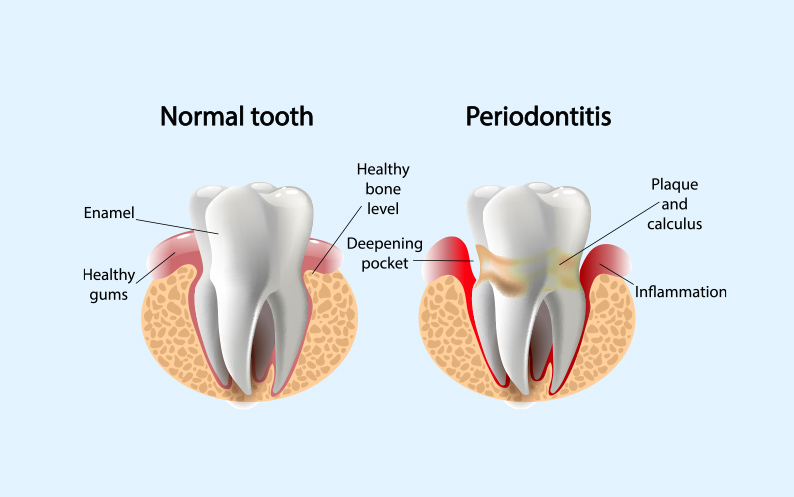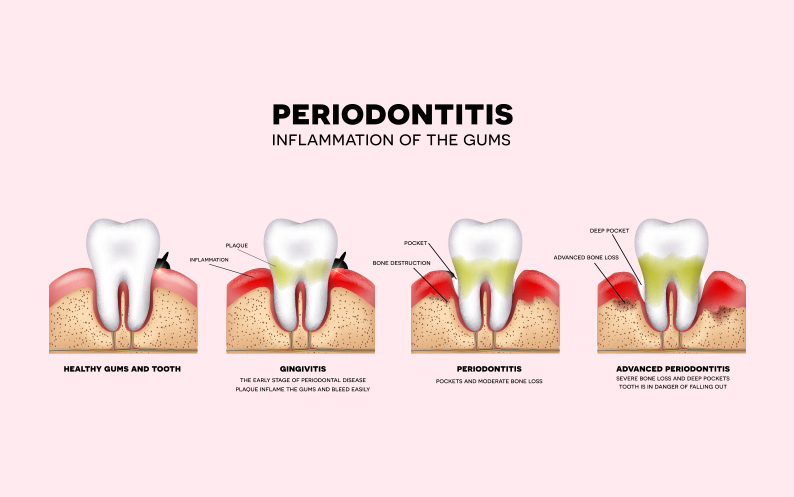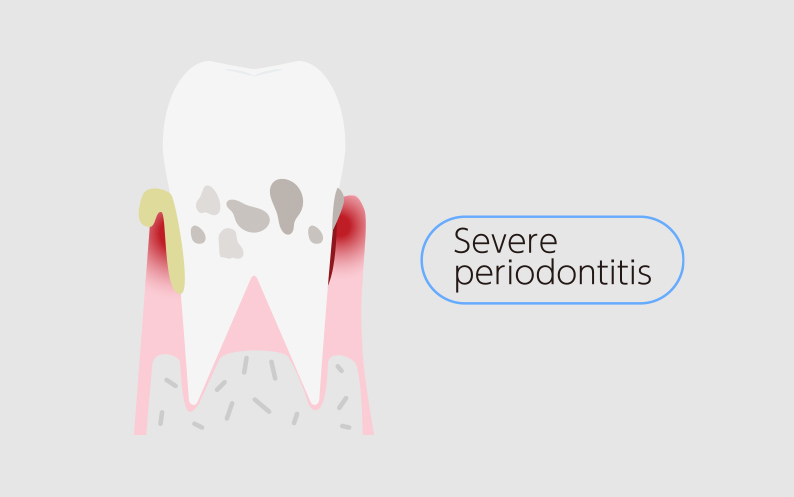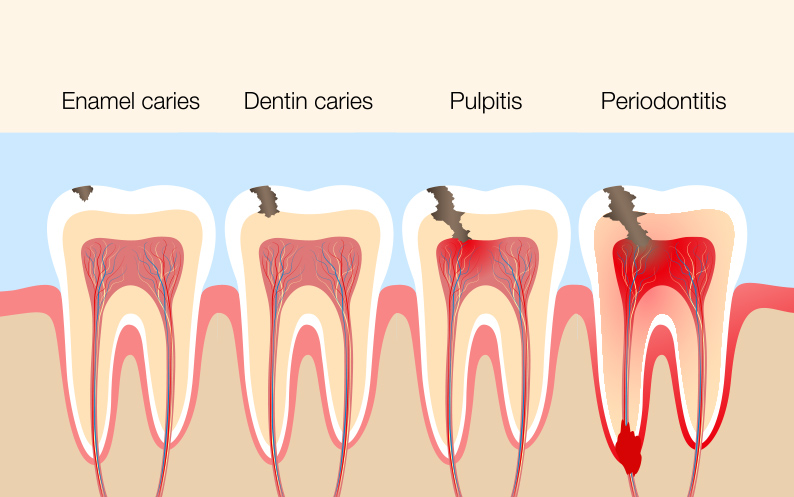Gum Treatment (Periodontal Treatment) in New York

Gum or periodontal disease, also referred to as gingivitis, is a condition which occurs as a result of bacterial growth in the mouth and if not treated may lead to the teeth loss and gums destruction.

Gum Disease Treatment
Gum inflammation, or gingivitis, is a first stage of periodontitis or what is known as gum disease. It all starts with the plaque growing on the teeth and multiplying bacteria, which inflame the gums and as the result make them bleed during brushing or flossing. Gums may be irritated at this stage, but are still firm and have no serious damage.

Periodontal and Gum Treatment
Periodontal or Gum treatment, periodontal disease, laser gum treatment New York (NYC). Periodontist Greenwich Village. Gum disease treatment NYC.
Periodontitis develops once gingivitis is left untreated. This stage is diagnosed when gums pull away from the teeth and form sort of “pockets”, where food remnants collect and start to decay. As the result gums get infected deeper and deeper, breaking down the tissue and bone holding the teeth and destroying them. Once the teeth become loose, they may fall out completely. Periodontitis is the primary reason of tooth loss among adults.

Efficient and Painless Gum Disease Treatment
Gum disease can be prevented by keeping plaque under control – this is achieved with the help of professional dental cleanings at least once every six months and daily flossing and brushing. Rinsing teeth with the antibacterial mouthwash also helps reduce the bacteria inside the mouth.
As for the treatment – there are surgical and nonsurgical procedures, depending on the stage of the disease. Nonsurgical treatment includes scaling and root planning, which is basically a procedure of deep-cleaning above and below gum line scraping away plaque and smoothing down the rough spots on the tooth root.
The same plaque and tartar “cleaning” may be done surgically once the disease has passed the early
stage. Surgical treatment may also include partial bone or tissue replacement. Either way, it
requires a dental professional to evaluate the gum condition and
choose the proper treatment for the
patient.
